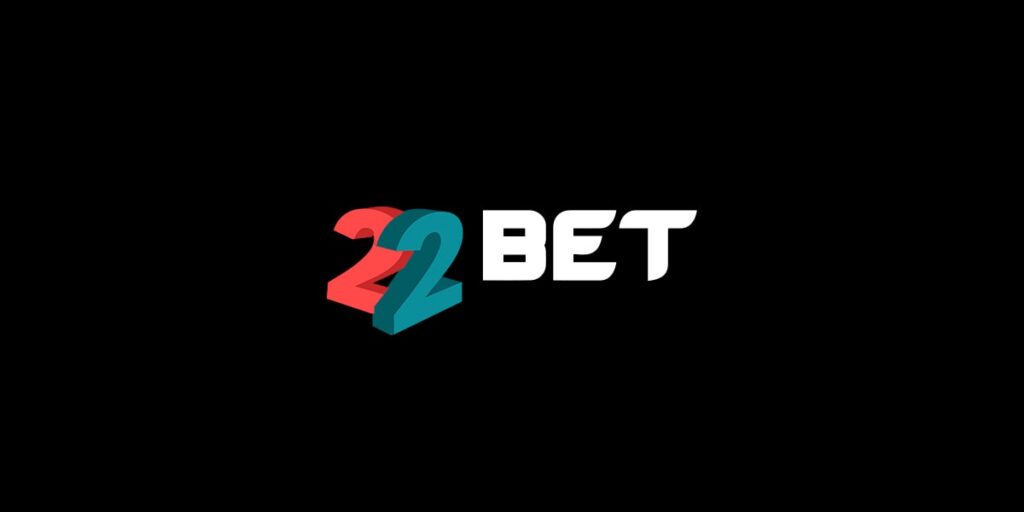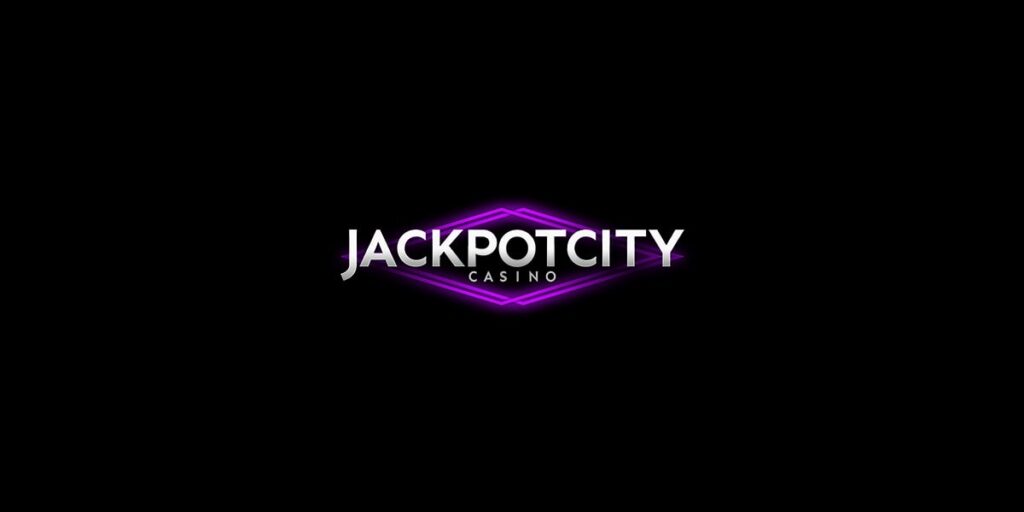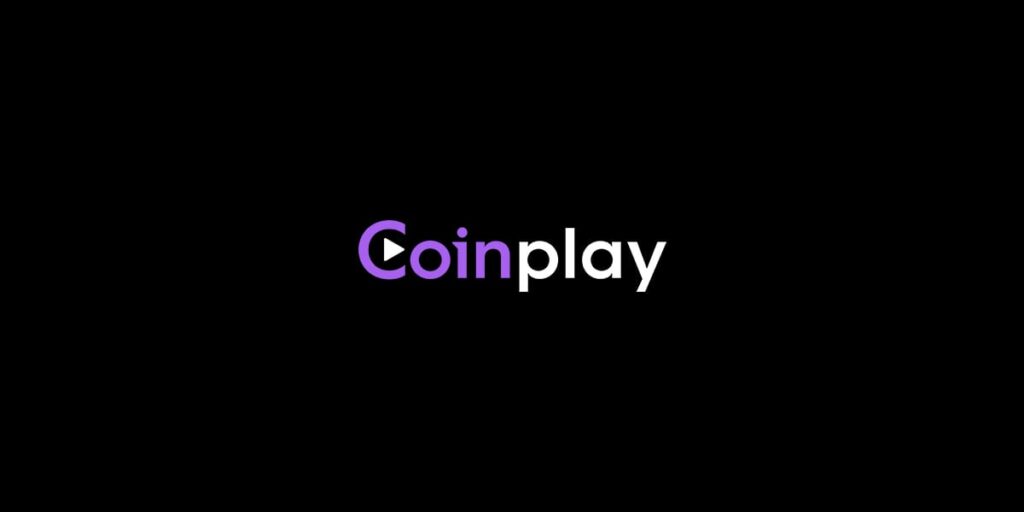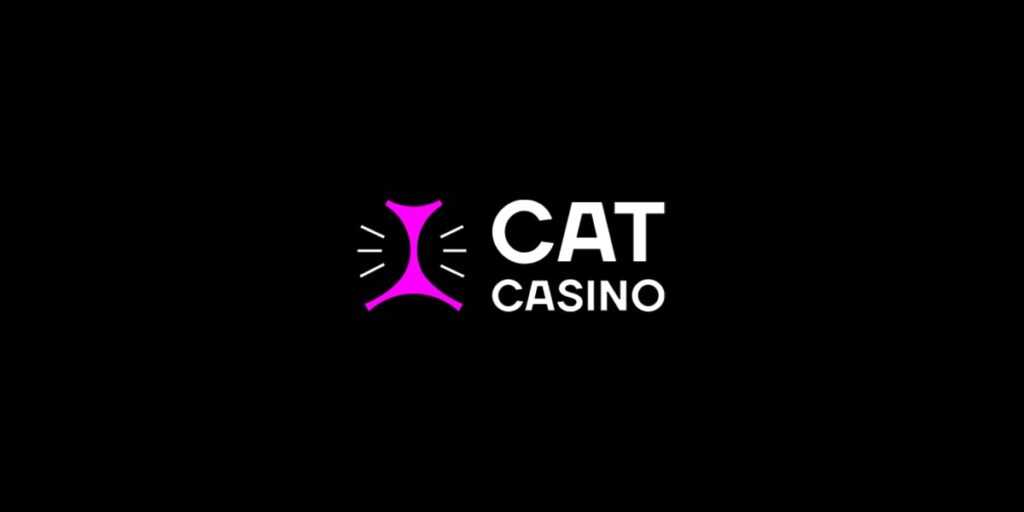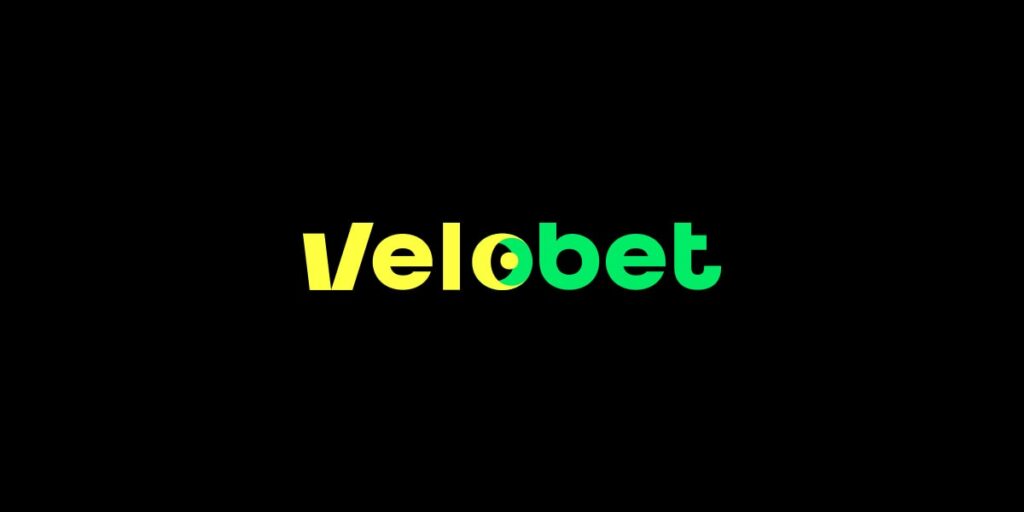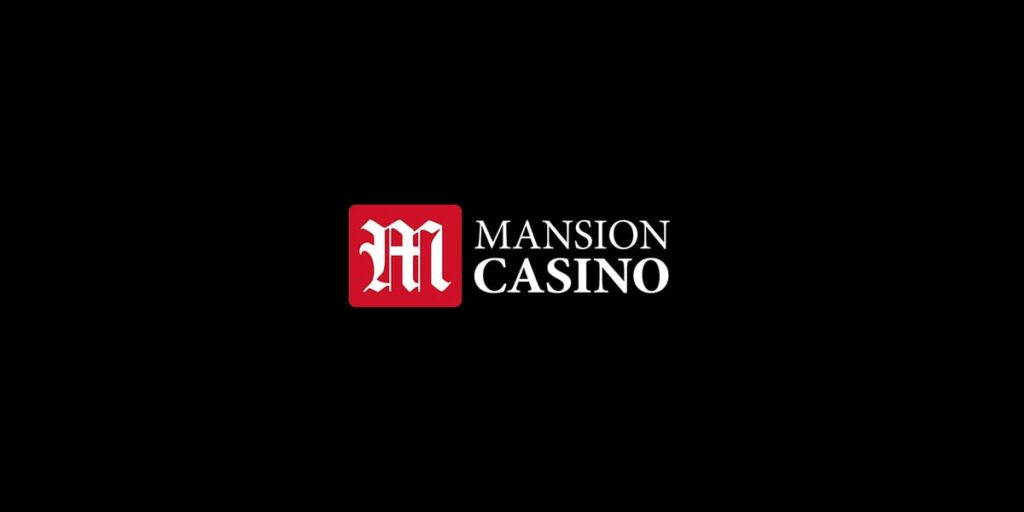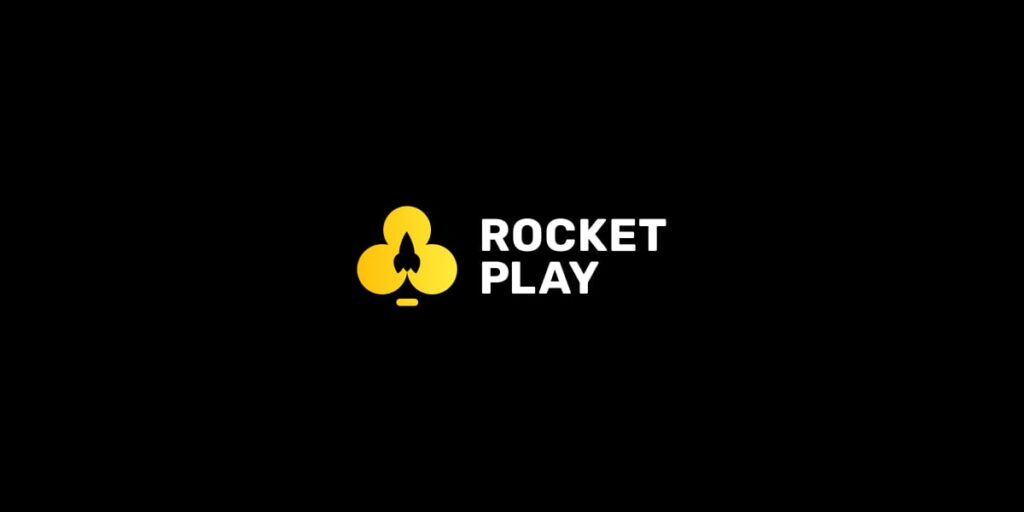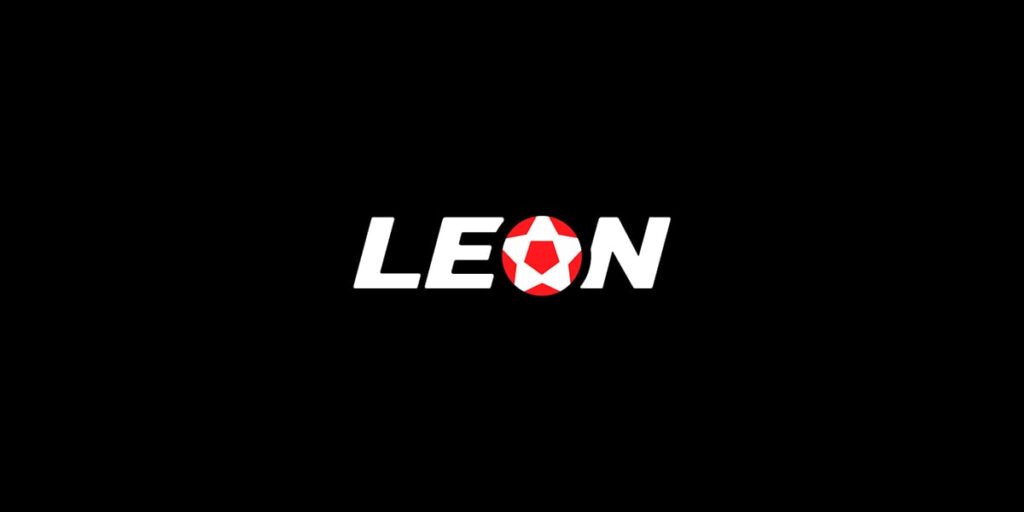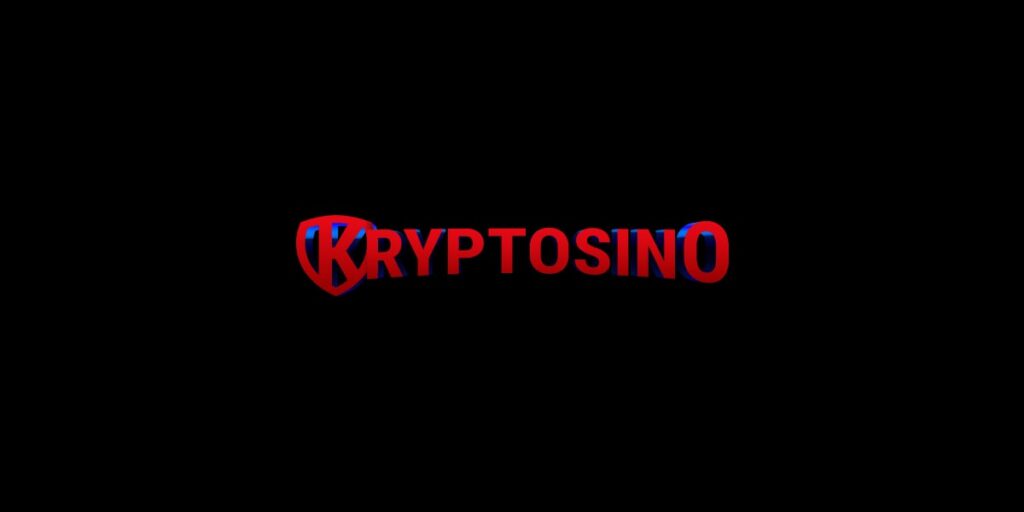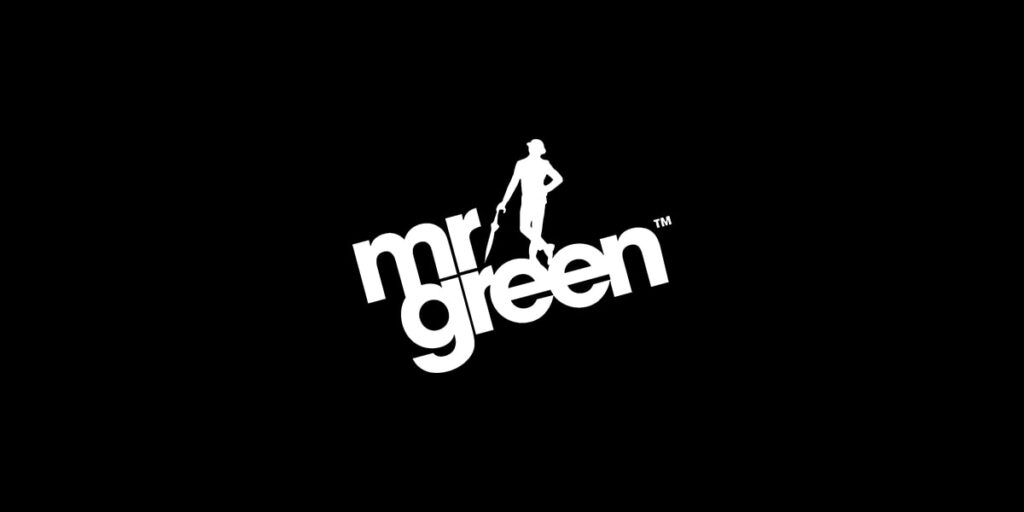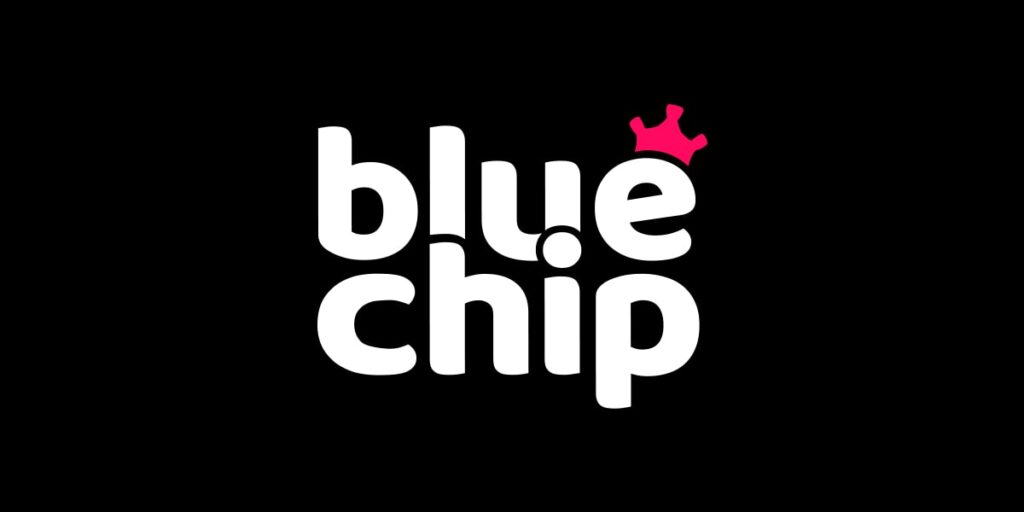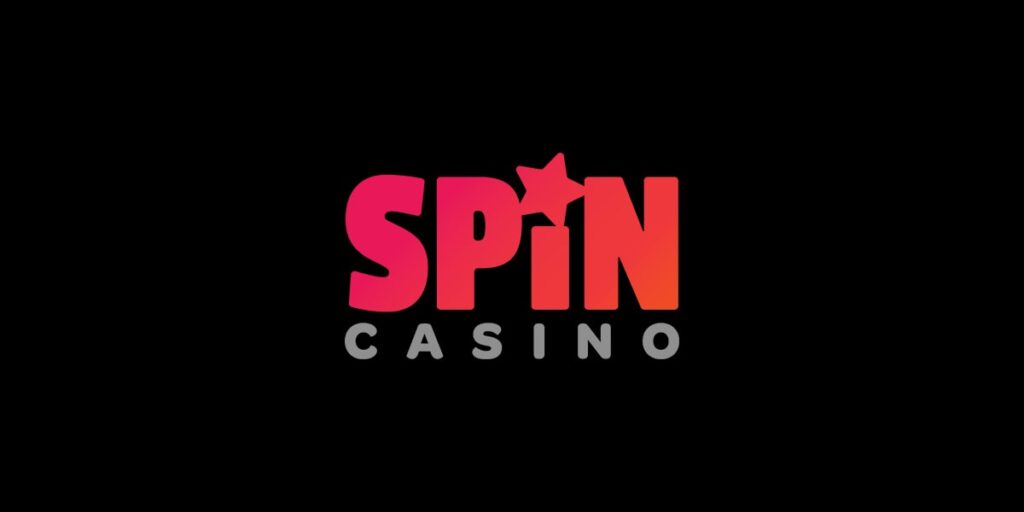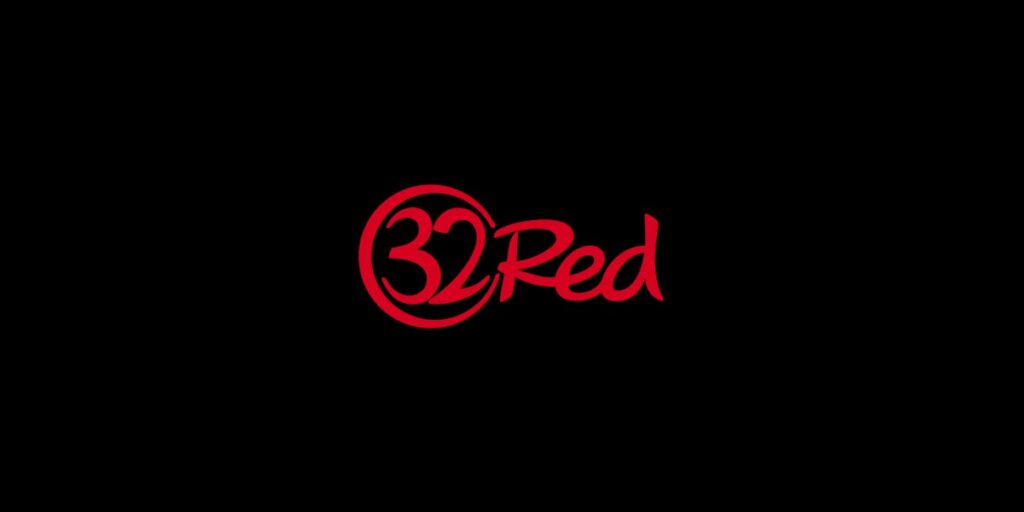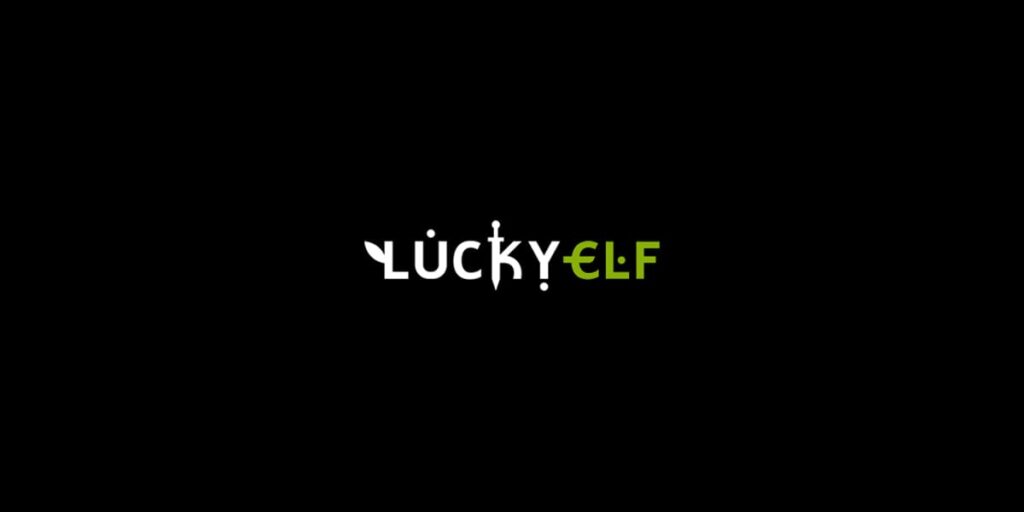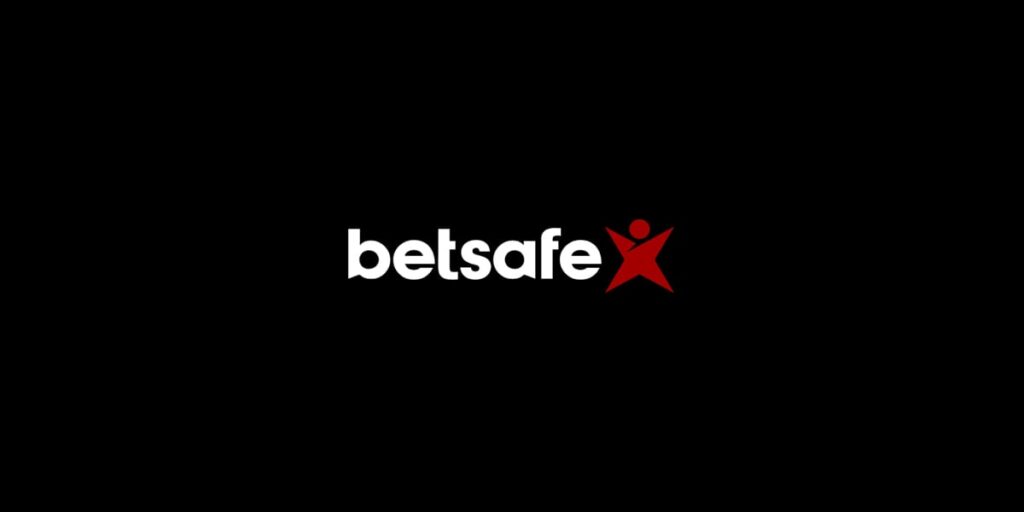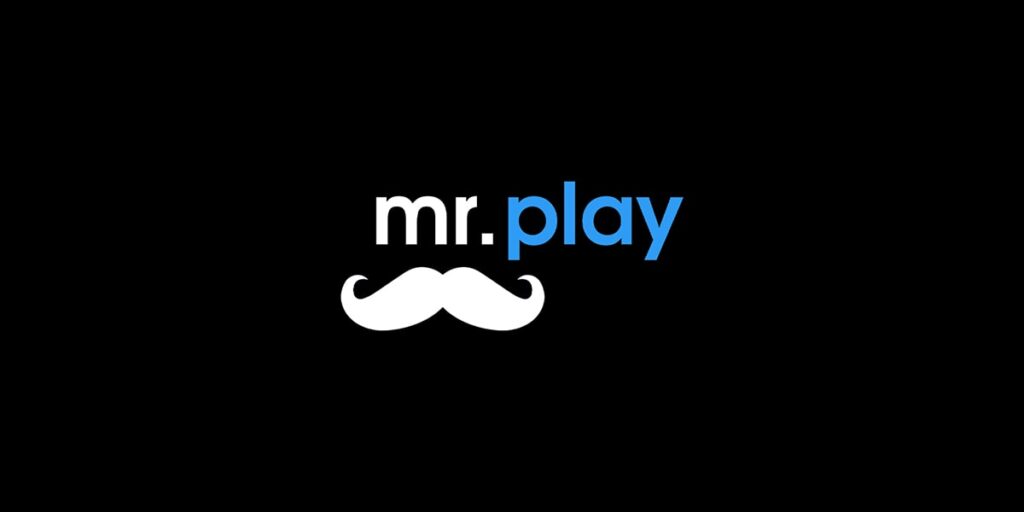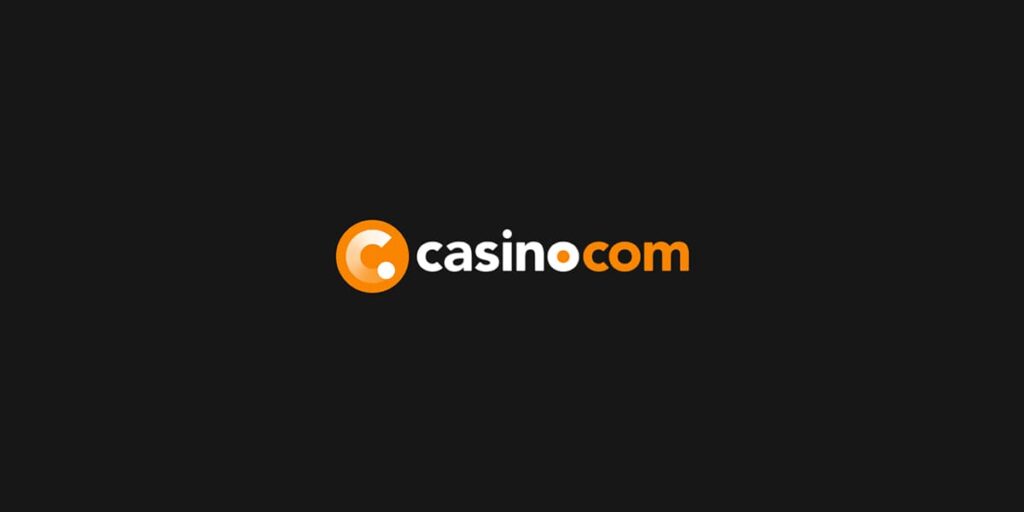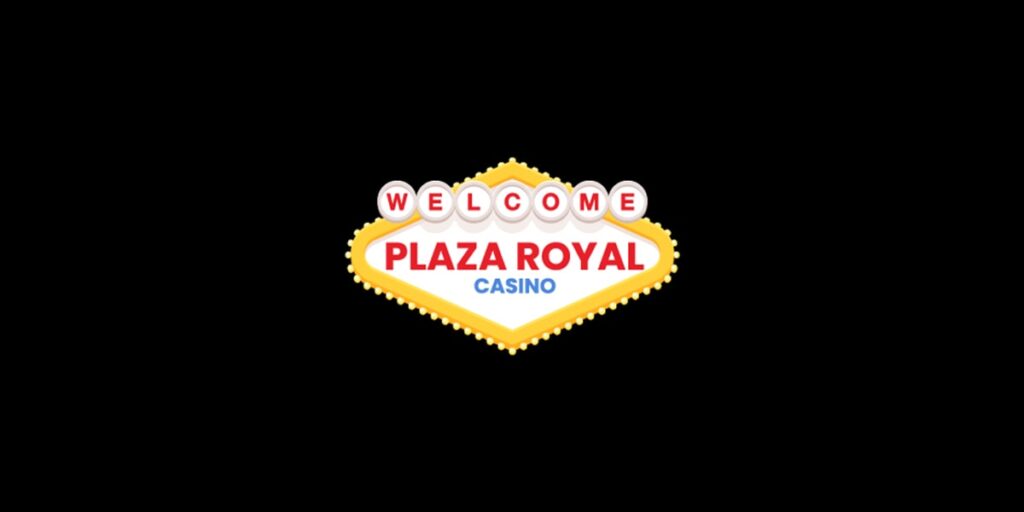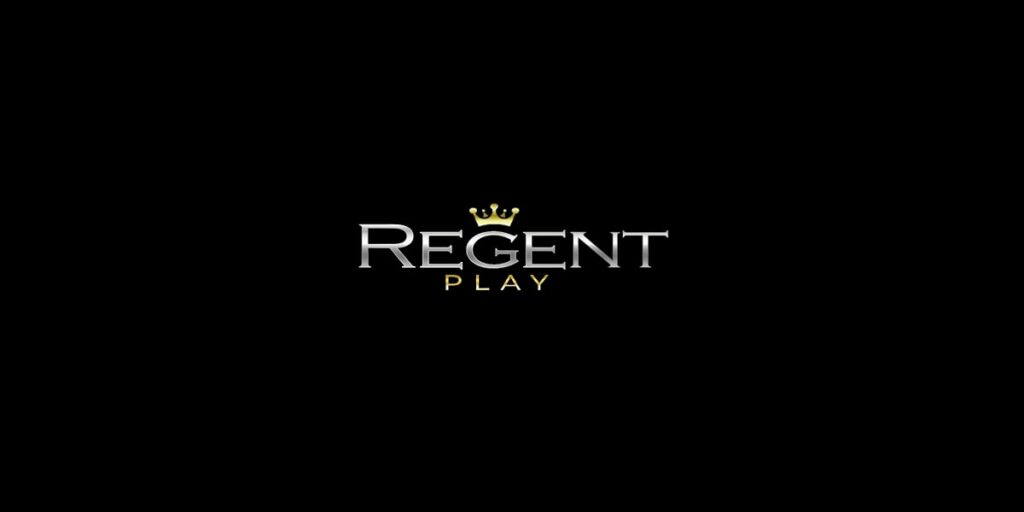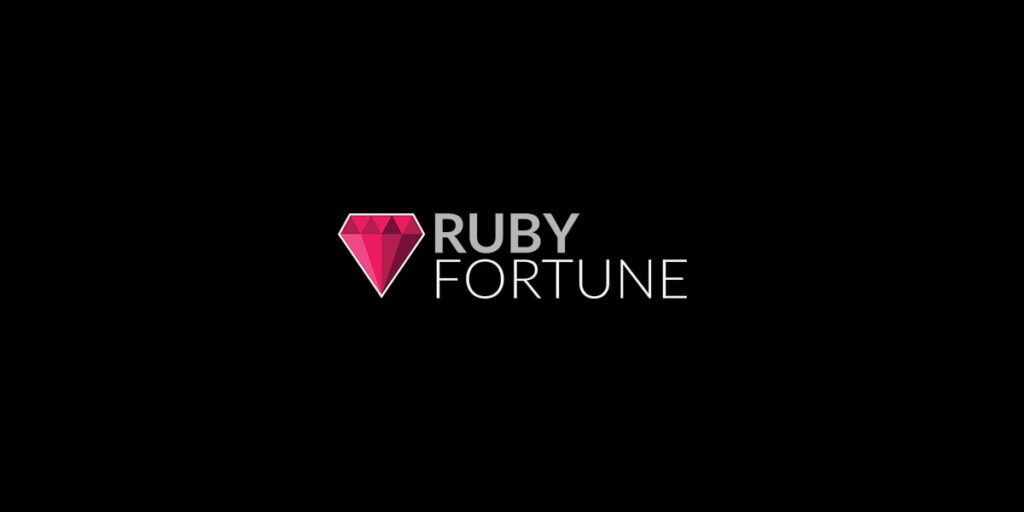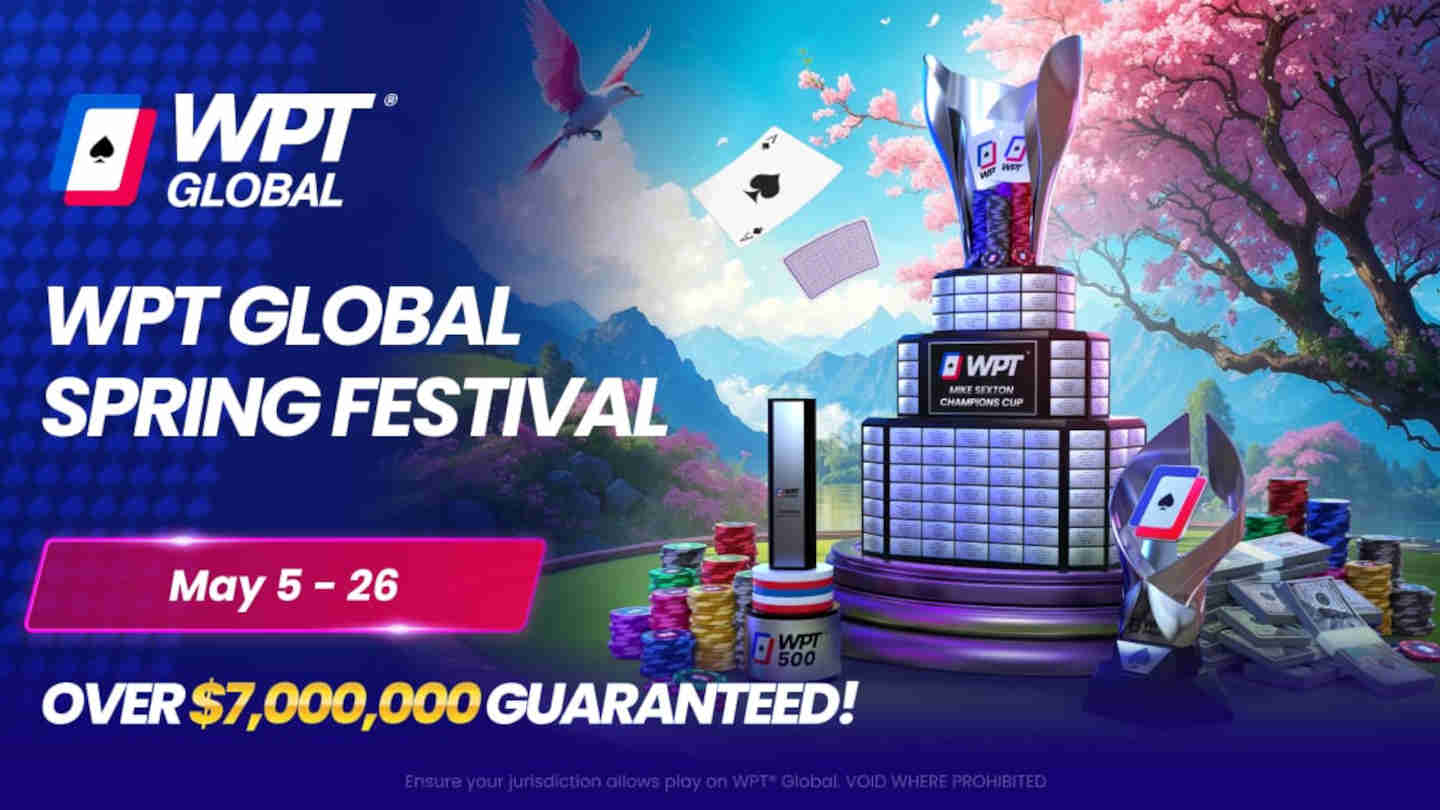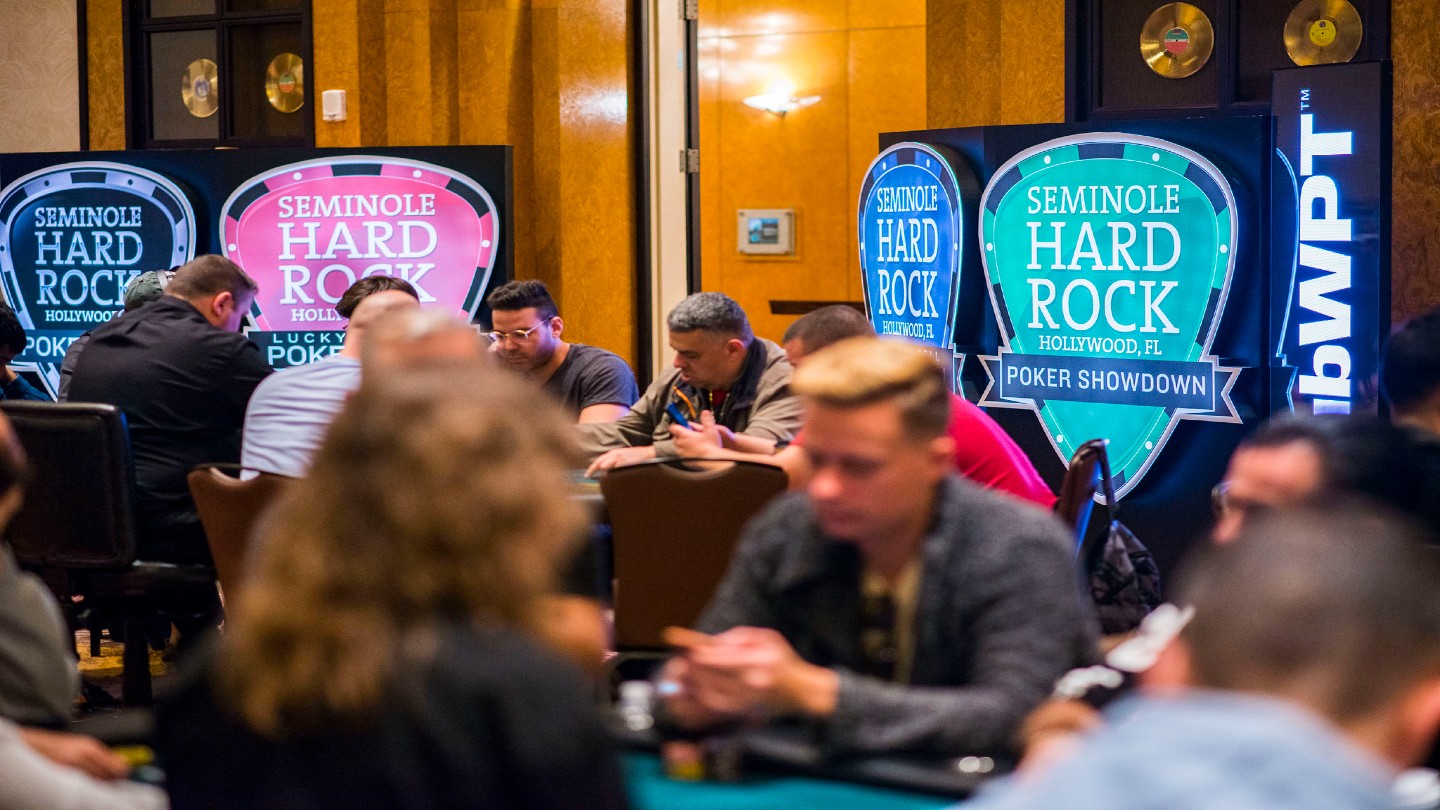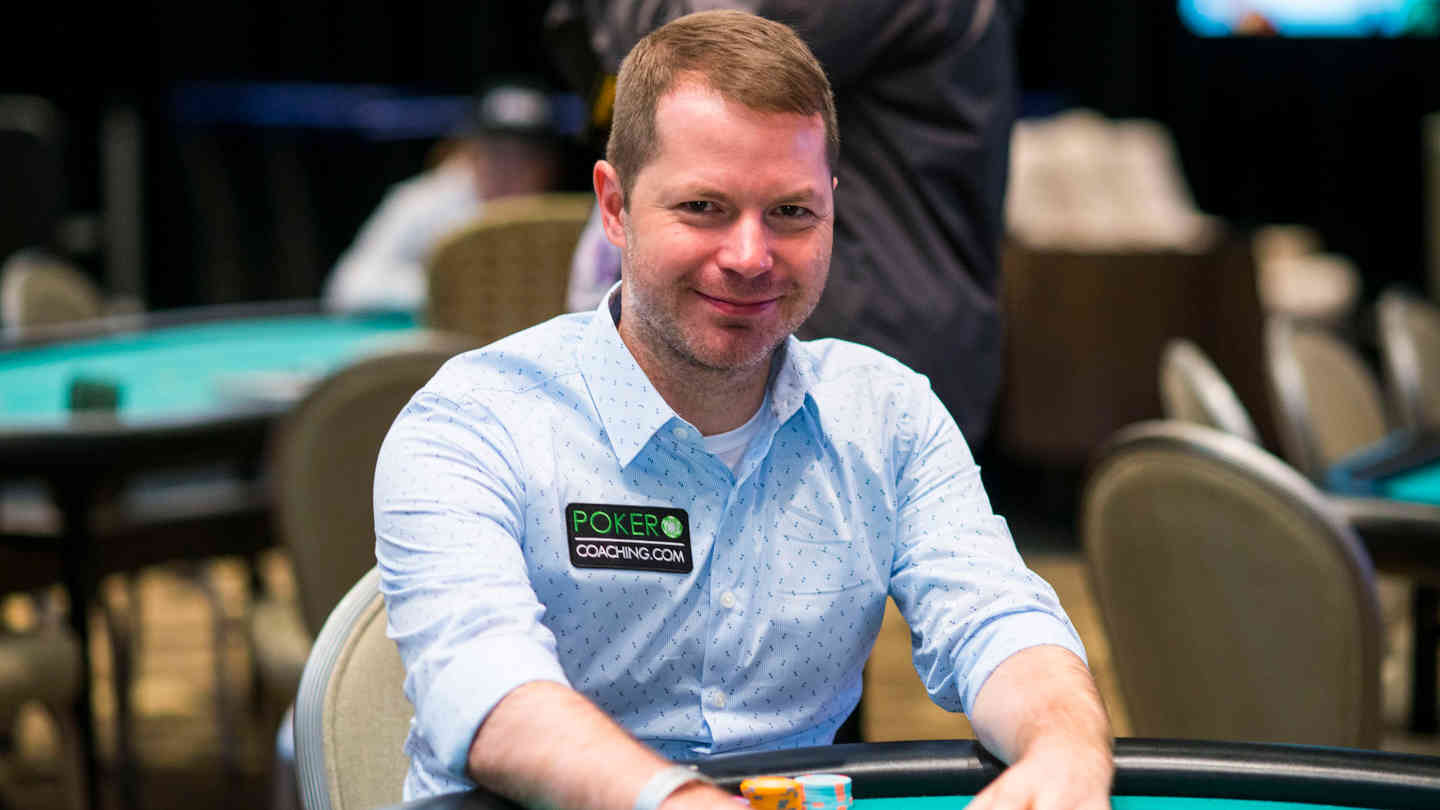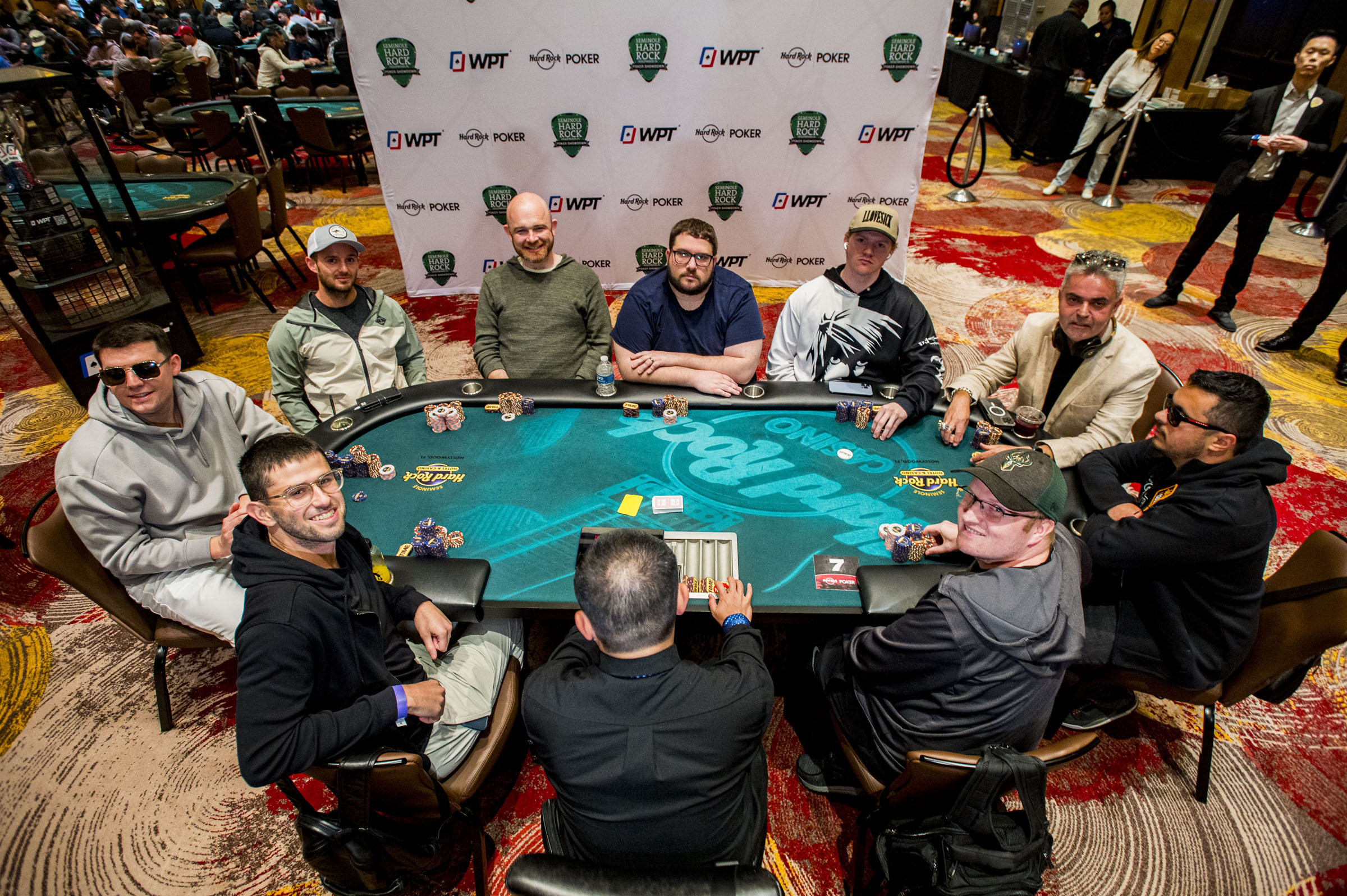Pick The Best Online Blackjack Casinos
With Blackjack being one of the most popular table games out there, the number of blackjack casinos catering to players of all shapes and sizes is enormous.
With so many casinos offering real money Blackjack games, the biggest problem is deciding what sites to play on.
There are quite a few factors that come into play.
We cover everything you need to know about real money blackjack casinos and finding the best and most reliable sites to play. From general considerations to very specific aspects of blackjack gambling, this is an in-depth guide to the best online blackjack sites out there.
BetMGM Casino US
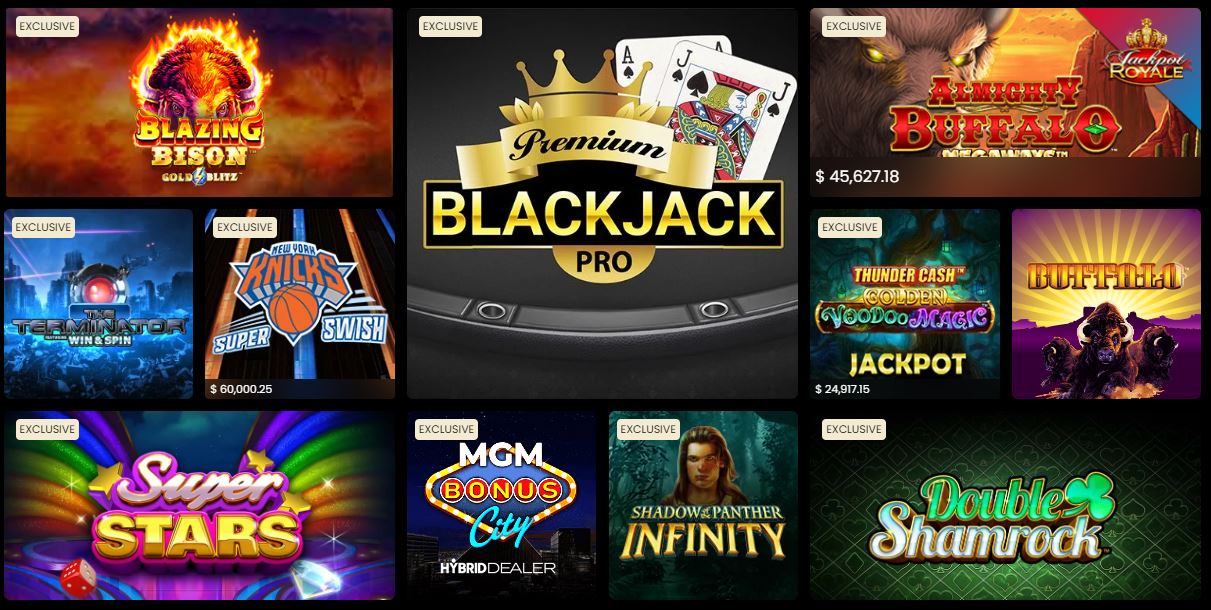
Blackjack has long been one of the most popular casino games, and BetMGM Casino US knows its customers very well. The selection of blackjack games featured on the site is beyond impressive, as you can enjoy many different variations in both live and electronic formats.
The range of electronic blackjack games includes several classic variations and many special types, such as 777 Blazing Blackjack, Double Deck Blackjack Snap, Blackjack Charlie 7, Blackjack Xchange, and more. All of these variations feature special rules and various side bets to make the games even more attractive.
Options for the fans of the live game are no less impressive. You can try your luck playing regular Live Blackjack, Infinite Blackjack, Lightning Blackjack, and Infinite Free Bet Blackjack.
PokerStars Casino US

Although PokerStars Casino doesn’t offer as much variety as BetMGM, all fans of blackjack should find more than enough to keep them entertained.
When it comes to electronic games, you can have your pick from Classic Blackjack, Atlantic City Blackjack, and a couple of branded RNG tables that aim to improve your gaming experience with striking visuals and sound effects.
Live dealer tables are powered by Evolution and Playtech, so you can be certain of pleasant and safe gaming sessions. Available options include Infinite Blackjack, Speed Blackjack, Lightning Blackjack, and Quantum Blackjack powered by Playtech.
DraftKings Casino US
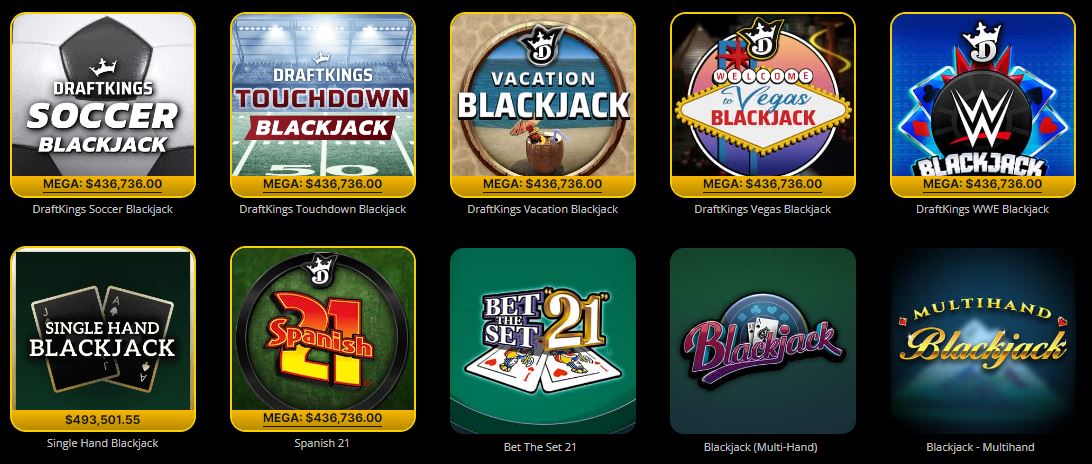
DraftKings Casino US is another site that understands the needs of all blackjack fans out there and provides them with ample options to keep them happy. What’s even better, many of the blackjack games offered on the site participate in the progressive jackpot, so you can add some extra excitement to your sessions.
You’ll find many electronic tables themed after different sports, such as football, hockey, soccer, and baseball, which adds another layer to the overall experience and helps DraftKings stand out from the rest.
Like other US online casinos, the site offers live and RNG games, and some of the available variations include Classic Blackjack, Single Hand Blackjack, Multihand Blackjack, Spanish 21, Match the Dealer Blackjack, and more.
How We Choose the Best Blackjack Casinos
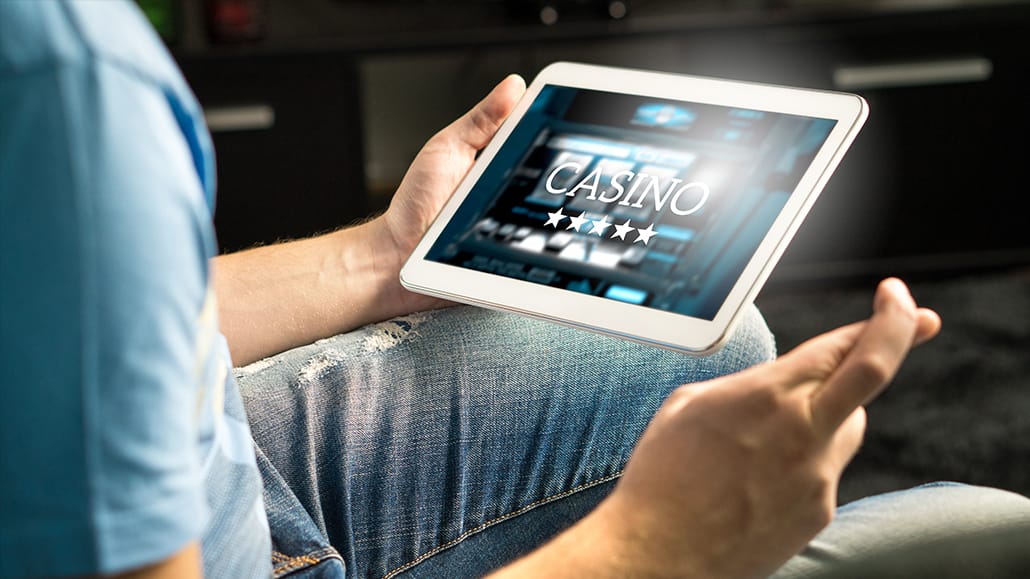
Before we list any casinos on our top list of the best blackjack casinos, we thoroughly vet them. Below, you can read more about what we check for and why.
⭐ Blackjack Game Selection
One of the top criteria that have to be fulfilled is an outstanding selection of blackjack games. There should be plenty of RNG blackjack games available, as well as lots of live blackjack tables. Not only does the number of games have to be great, but there should also be multiple different versions of blackjack games.
⭐ Other Games
Blackjack players often like playing other games as well, so the overall game selection also has to be good. This is why we check for other card and table games, as well as slot machines. The operators get an extra plus if they also offer instant win games, sports betting, and other game categories.
⭐ Fair Games
All games offered at the best blackjack casinos have to be fair. Any and all digitally controlled games have to run on a random number generator. This is to ensure that all players have the same chance of winning. And, that the games are paying out as they are intended to do according to their RTP or house edge.
⭐ Security & Licensing
In order to legally be allowed to offer gambling services, an online casino needs a license. We always check which license our recommended casinos are operating under. Typically, the casinos we feature will have a license from Malta Gaming Authority, Antillephone N.V., or Kahnawake Gaming Commission.
⭐ Payment Methods
Being able to deposit and withdraw using your preferred payment method is important. We expect all the best casinos to support major debit and credit cards, prepaid options, e-wallets, and bank transfers. If the casinos also support cryptocurrencies, that’s a big advantage.
⭐ Casino Bonuses
Bonuses offered for players that wish to play blackjack have to be good. They should offer a good amount of bonus money, but more importantly, the terms need to be fair. Players need to have a fair chance to convert their bonus money into real money while playing blackjack.
⭐ Terms of Service
The general terms of service of the casino sites also have to be fair. They should not put players at a disadvantage, compared to the industry standard. Additionally, the privacy policy also has to be a good one, protecting players’ personal information.
Real Money Blackjack Bonuses
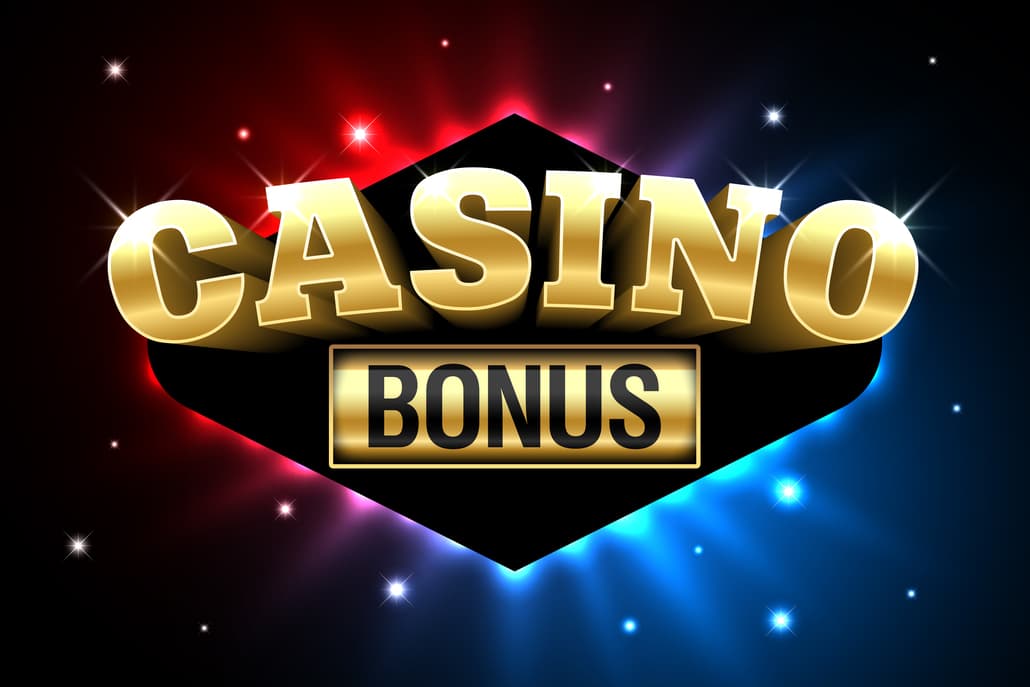
Bonuses can be an important factor when deciding which online casino to join.
Although casino bonuses are a big part of online gambling in general, you should know that most of these aren’t particularly useful for blackjack players. Many gambling sites won’t let you use your bonus funds on table games like Blackjack.
This is why you need to find a casino bonus made especially for table game players. More and more frequently we are now finding bonuses dedicated to live dealer games. These are the best blackjack bonuses.
In addition to match deposit bonuses that you can use for blackjack games, you might also get other goodies. Invitations to exclusive blackjack tournaments or some free chips are also commonly offered.
⭐ Blackjack Wagering Contribution
If you use a “normal” casino bonus to play blackjack, chances are your bets are not counting much towards the wagering contribution. Typically, blackjack bets count somewhere between 5% and 50% towards your wagering. That means you'll have to play a lot in order to clear the turnover needed.
For example, a real money blackjack bet of $10 could count for only $1 or $2 towards wagering requirements.
Also, keep in mind that some casino bonuses made for online slots outright won't allow you to play blackjack. Blackjack will contribute with 0% towards the wagering, and thus you're not allowed to play the games.
Live Dealer Blackjack Casinos
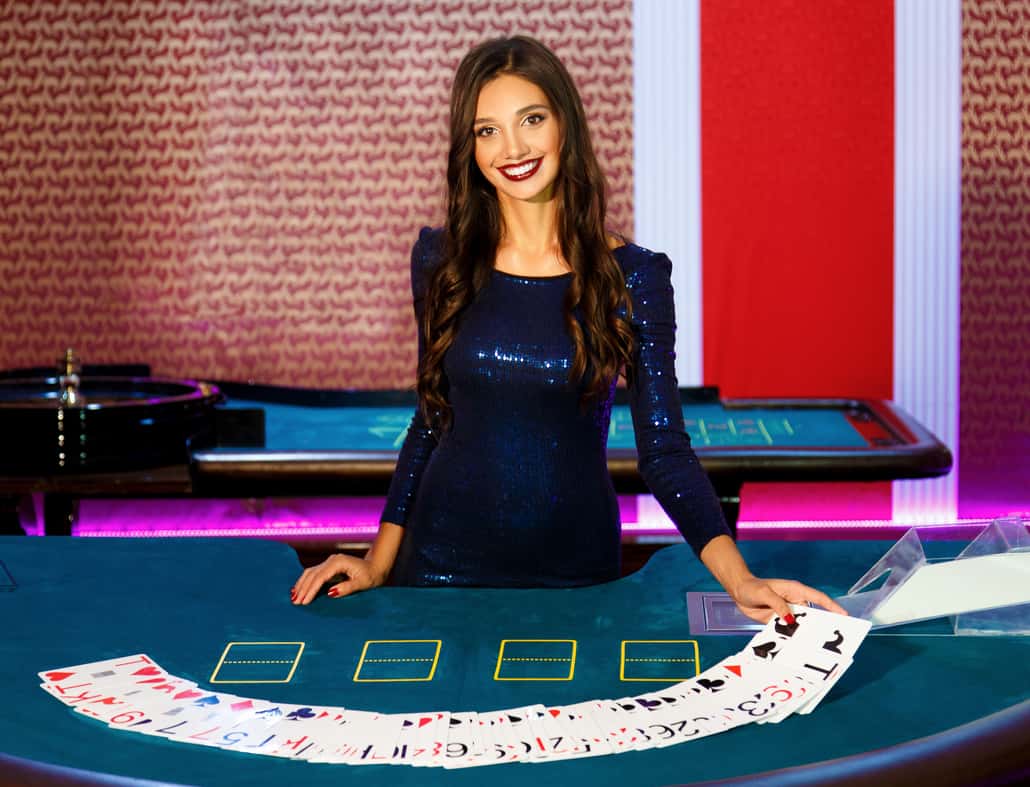
If you’re not completely new to online gambling, you’re probably aware of the phenomenon that is live dealer casinos. In a nutshell, these allow players to experience gambling in a lifelike atmosphere via their electronic devices.
Popular casino games, such as Roulette or Blackjack, are streamed in real-time from special studios or actual brick-and-mortar casinos. Players can place their bets using phones and computers, but the dealers are real humans using real cards.
These live dealer games are very exciting for true fans of real money blackjack.
You can actually see the shoe with the cards on the table, and the dealer is dealing the cards out to the players’ seats. Just from the experience standpoint, this is far superior to RNG online blackjack games.
Beyond this, real blackjack games powered by real dealers remove any concerns about cheating. You get to see all the action as it happens instead of depending on an algorithm you know nothing about.
There is a decent selection of different blackjack variations on offer, too. In fact, you'll find some special versions that you could never try in a real-life casino.
For example, there is Lightning Blackjack powered by Evolution Gaming, where certain cards come with win multipliers, giving a serious boost to the maximum potential win.
Playing Blackjack from a Mobile Casino
Blackjack games at online casinos can be played from all kinds of devices. Thus, you always have a mobile casino where you can play blackjack right in your pocket. As long as you have a device with an internet connection, where you can access a casino website, you can play.
Websites nowadays automatically adjust to all devices and screen sizes, thanks to HTML5. Due to this, you can play blackjack even from your mobile phone. All you need is a mobile browser, and anyone will do the trick. Safari, Chrome, Opera, Firefox – it doesn’t matter which one you choose to use.
A stable internet connection is always good to have, especially when you play live dealer blackjack. If your internet is a bit slow, you can lower the quality of the stream. The default is HD quality, but by lowering it you might avoid the stream lagging when your connection is poor.
Playing Real Money Blackjack: Basic Rules
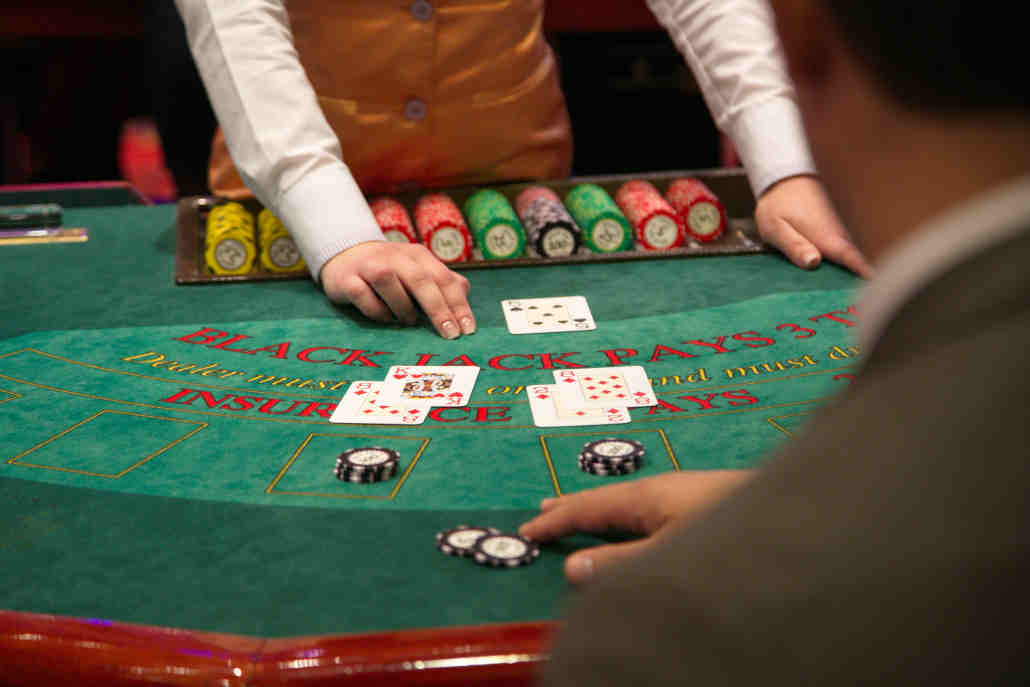
Blackjack is one of the simplest casino games to learn, at least as far as rules are concerned. The main goal is to get your card count as close as possible to 21 without going over.
As long as you don’t go over, your final count is compared to the dealer’s, and whoever has a total closest to 21 wins the hand.
All face cards are counted as 10, Aces can be 1 or 11, while all other cards keep their face values.
We will not go into too many details about the game rules here, but if you’re making your first steps into the world of online gambling, I suggest you check out our extensive blackjack rules pages.
Blackjack Casino Rules and Special Bets
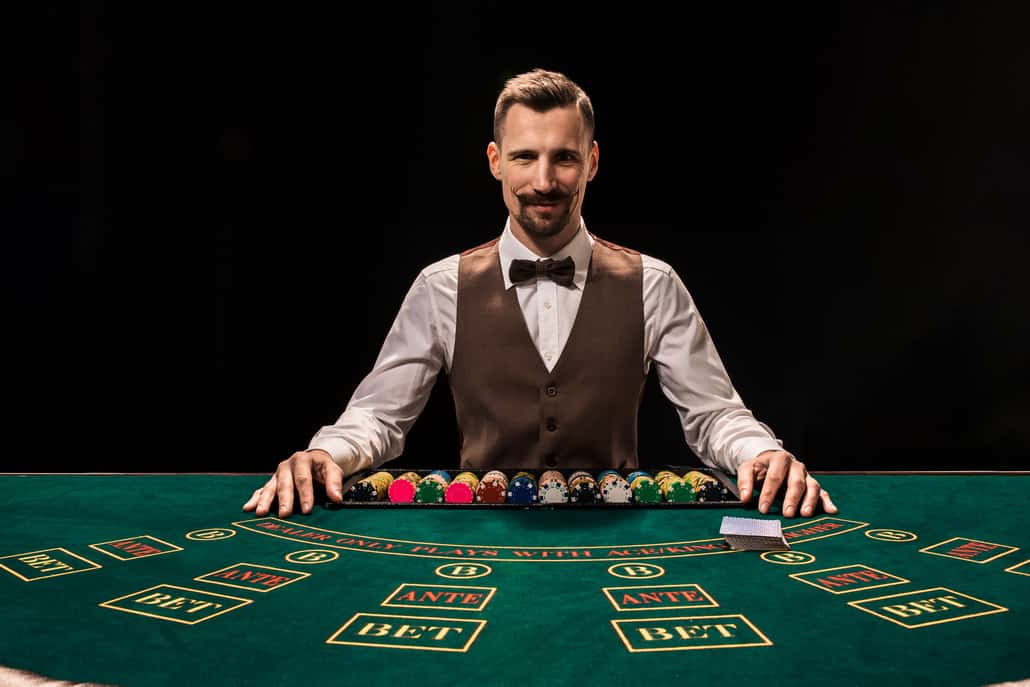
Blackjack isn’t just one of the easiest games to learn. It’s also one of the most favorable table games in terms of the house edge.
When played correctly, blackjack casinos only have an edge of about 0.5% over the player.
However, this only holds true if you stick to the basic blackjack strategy and never deviate from it.
In a nutshell, the basic strategy is your blueprint for every single decision at a blackjack table.
Things can still get a bit confusing at times if you don't have a lot of experience playing Blackjack online, especially regarding non-standard options such as taking insurance or splitting your hand. So, we'll quickly cover those and provide you with the resources to learn more.
⭐ Insurance Bet
Some blackjack casinos will give you the option to take insurance when the dealer shows an ace as their up-card.
If you decide to take insurance, you’ll automatically forfeit your main bet, but you’ll win the side bet if the dealer turns over Blackjack.
In general, this is considered a “sucker's bet,” and you should pretty much never take insurance when playing Blackjack for real money. To find out more, check out our detailed guide on this topic.
⭐ Doubling Down
Different online blackjack variations have different rules for doubling down. In general, though, this is an option to double your bet and receive just one more card.
Unlike insurance, which is to be avoided in almost all situations, this bet can be quite profitable when used correctly. Check out our in-depth Blackjack double-down strategy guide to learn when and how to use this bet for the best results.
⭐ Surrender
The surrender option is available at many online blackjack sites. After seeing your hand and the dealer’s up-card, you might be given the option to “surrender,” which means giving up on your hand without drawing any cards and receiving half of your bet back.
This is another dubious blackjack bet that most players believe should never be used, but some are of the opinion that it has its utility in certain specific situations.
We’ve covered all the important blackjack surrender rules and strategies, so if you want to know more, take a look at this extensive guide and have all your questions answered.
⭐ Side Bets
Many blackjack casinos feature game variations that offer special side bets that aren't part of original blackjack rules. These can be a lot of fun, but they also tend to have a very high house edge.
This means you'll always lose more money in the long run if you decide to try your luck with side bets.
We have a very detailed article covering all the different types of side bets in Blackjack. I suggest you read this first and only then decide if these are worth your money.
Different Types of Online Blackjack
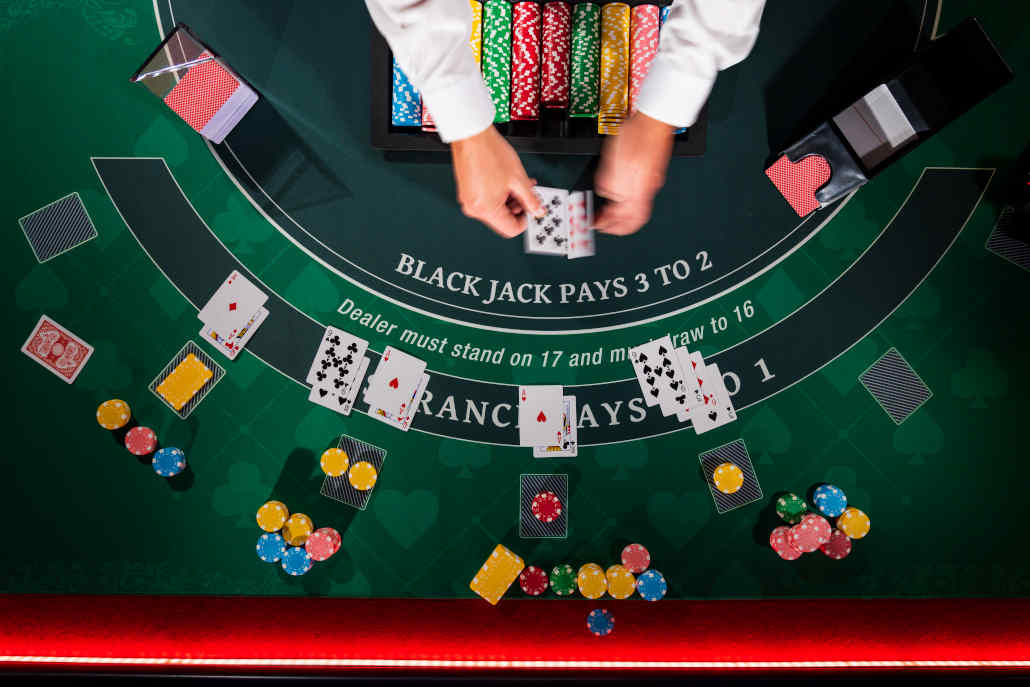
If you enjoy blackjack gambling, you probably know there are many different variations of the game available online. Depending on your preferences and what exactly you're after, some of these may be a better pick than others.
⭐ American Blackjack
This is the most popular version of the game you'll find at blackjack casinos. In this version, the dealer takes one card face up and one card face down before the player makes any decisions.
⭐ European Blackjack
The main difference between American and European Blackjack is that the dealer only takes their second (face-down) card after the player makes their decisions in the European variation.
⭐ Blackjack Switch
Available at some real money blackjack sites, blackjack switch is an interesting and exciting variation, perfect for those looking for some extra action.
The player receives two hands instead of one, and they’re allowed to switch the second card they receive between the hands. This adds an interesting strategic element to the game and makes it even more engaging.
⭐ Perfect Pairs
The Perfect Pairs blackjack version doesn’t deviate from traditional Blackjack in its core rules. The main difference is that players can place a side bet on whether the first two cards they receive will be of the same value (form a pair).
⭐ Single Deck Blackjack
Some blackjack casinos will offer single-deck games at live tables. As the name suggests, the game is played using only a single deck of cards. If you're keen to learn more about this particular variation, check out our single deck blackjack strategy guide.
RNG vs. Live Blackjack
All blackjack casinos we’re recommending have two main versions of blackjack. The first one is RNG blackjack games. These are digitally controlled games where you play alone on a machine. Digital cards are drawn using a random number generator, such as what slot machines use to determine results.
The main benefit of playing RNG blackjack is that you can play at your own pace. You won’t have to wait for other players to play their hands, as it’s just you against the machine. Another benefit is that you can play for free, with demo money. This is great if you want to test out a new strategy before betting real money.
Even though RNG blackjack can be fun, most players prefer live dealer blackjack. Here, you play together with other players, just like when you’re at a brick-and-mortar casino. The game is streamed live, and you press buttons to let the dealer know what you want to do.
Live blackjack comes in many versions, and some are special games not found at physical casinos. If you have questions, you can always communicate with the dealer via the in-game live chat.
Counting Cards at Online Blackjack Casinos: Is It Possible?
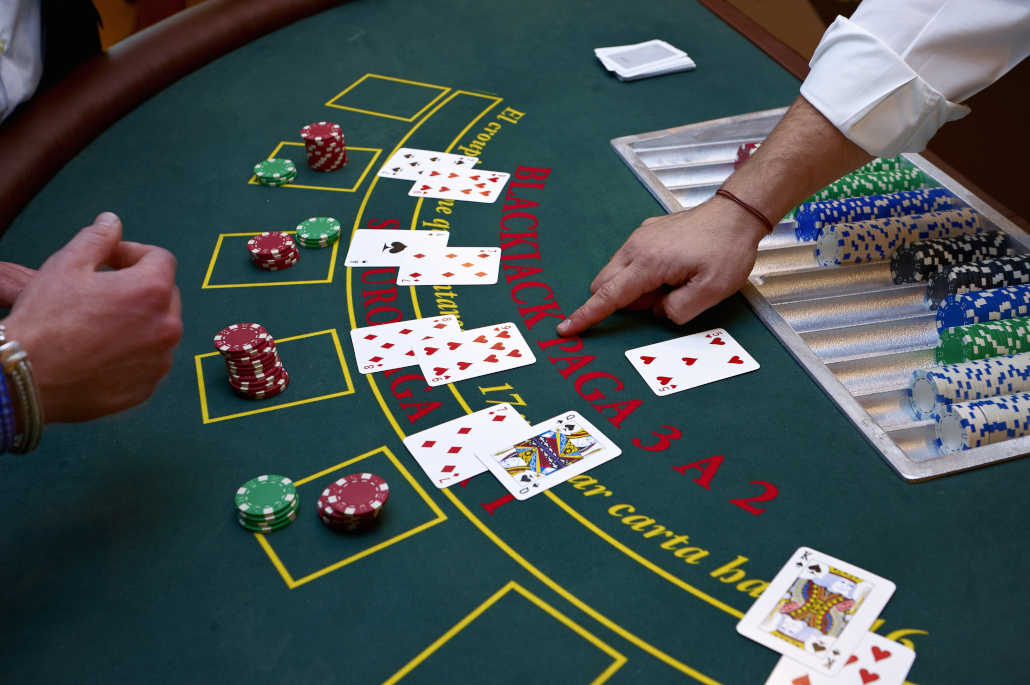
Every true blackjack fan knows that Blackjack can be a profitable proposition under the right circumstances, unlike many other games. For this to happen, though, you need to learn how to count cards and find a place that will let you do so.
There is no question if counting cards can turn the tables around and give you an edge over the casino.
It has been mathematically proven beyond any doubt that count carting can work.
So while card counting works at live venues, can it also be used at online blackjack casinos?
We’re sorry to disappoint you, but the answer is no – you can’t use card counting techniques to gain an edge over an online casino.
If we’re talking about electronic blackjack gambling tables, it’s quite clear why this is the case. Before every new hand, virtual cards are shuffled, so there is no point in trying to track results. The outcome of the most recent hand has absolutely no bearing on the one right after it.
But what about live dealer blackjack games? These use real cards and real blackjack shoes, so, in theory, card counting could work.
The problem is card decks used in these games are reshuffled far too often for you to gain any meaningful edge from counting.
The deck penetration is one of the most important aspects of this strategy, which means you can only use the information you have once a large portion of the shoe has been dealt out.
Unfortunately, you’ll never get this at an online blackjack site. At best, decks will be reshuffled about dealing out about half of the cards contained in the shoe, which is not enough for a card counter to gain an edge over the house.
Online Blackjack vs. Land-Based Blackjack
Most blackjack games work the same way online as they do at land-based casinos. The main difference will be that online you use buttons on the screen to play your hand. This is beneficial for players that can’t quite get the hang of the hand gestures used at physical casinos.
Betting rules and payouts are, on the other hand, the same. That is, at least for the classic versions of blackjack. In new modern live-streamed blackjack, some games might work a bit differently.
Instead of offering just pure old blackjack, several game providers have made alternative blackjack games. These are games where blackjack is the main part, but bonus features of different kinds have been added as well. An example of such a game is Lightning Blackjack from Evolution.
Another difference between land-based blackjack and online blackjack is the number of tables available. Online, there is no physical space taken up in the casino by adding more tables. That’s why you can find casinos with hundreds of blackjack tables available to choose from. For example at Bluechip Casino, you’ll find almost 400 different blackjack tables!
Best Payout Blackjack Versions Online
If you’re looking to play the version of blackjack that pays out the most, then we have some bad news for you. Blackjack is not like most other casino games, as it’s not only based on luck. To win, and thus get a good blackjack payout, you need to also have some skills.
That being said, the most common versions of blackjack have a house edge of around 0.5%. This makes blackjack one of the casino games with the best chance for players to win. However, the 0.5% house edge is if you play perfect blackjack, using the basic strategy. Hence, you should play using the blackjack betting table.
What can significantly increase the house edge, and thus lower your chances to win, are side bets. Most side bets give a poor chance of winnings vs. the payout, compared to the base game. Typically, side bets give the house an edge between 2% and 5%.
Before starting to play a new version of blackjack, you should have a look at the game information. There you’ll see what the house edge is.
Play Blackjack for Free or Real Money
Since blackjack is a game that’s based on both luck and skill, you should always practice before betting real money. This you can easily do at online casinos, by choosing to play free blackjack on demo games.
Free demo games work just like real money games, except that you’re playing with fun money. This allows you to get to know the game and practice your strategy, completely for free.
Once you’re comfortable that your strategy is spot-on, you can easily change to real money play.
The free blackjack games you’ll find at online casinos are RNG blackjack games. These are games you play on a machine. One of the greatest benefits of this is that you can play at your own pace, which is important when testing a new strategy. Or when navigating a blackjack cheat sheet.
If you prefer playing live casino blackjack games, then you’ll have to play for real money. These games do not offer free demo game versions. If you’re getting to know a new live blackjack game, you should rather play with low bets.
Final Tips & Tricks for Real Money Blackjack
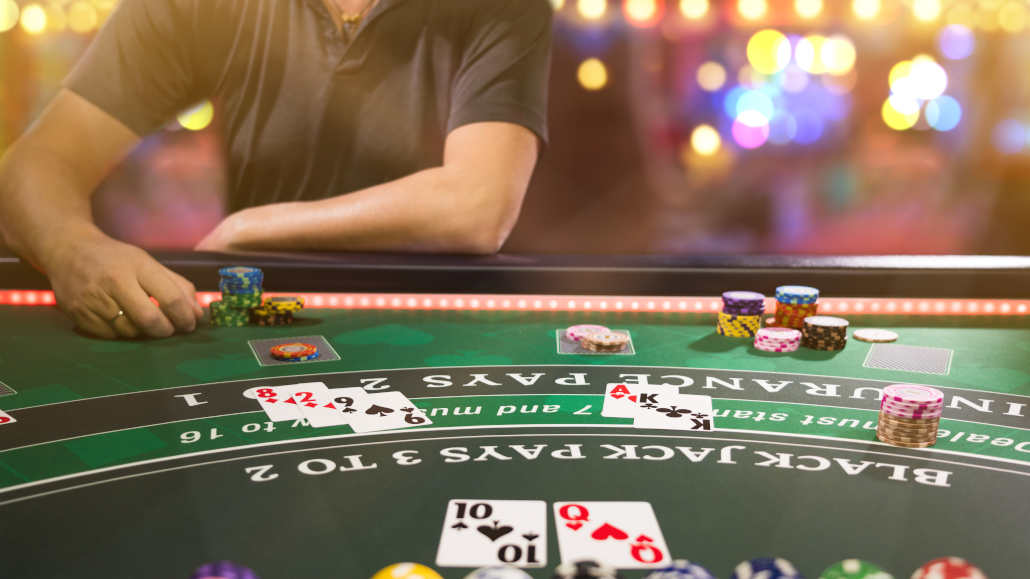
We’ve covered everything you need to know about finding the best blackjack casinos and understanding the basics.
Of course, there is much more to learn about Blackjack, so make sure to explore the strategy guides we shared on this page and have some fun.
Having said that, we’ll leave you with a few useful tips to take away for the next time you decide to try your luck playing Blackjack for real money.
⭐ Always Stick to Basic Strategy
Whether you play Blackjack online or live, you should never deviate from basic strategy. While it won’t make you a winner, this strategy has been proven to reduce the house edge to the lowest possible percentage.
The good thing about playing online Blackjack is that you can always have basic strategy charts open on your screen. Feel free to resort to them as needed and make sure you always make the correct decision according to the chart.
⭐ Play for Fun, not Profit
As we’ve established in this blackjack casinos guide, there is no way to beat the game online in the long run. The casino will always have a small edge over you, no matter what.
With that in mind, you should only play for fun and within your means.
If you play correctly, you’ll undoubtedly have some really good sessions that might give you the feeling you could beat the game.
While this might be possible at some live casinos under the right circumstances, it will never be the case in an online environment.
⭐ Try Different Blackjack Variations
The best online blackjack sites host many different versions of the game. You’ll come across variations with different rules, all sorts of side bets, and more.
Feel free to explore and try as many of these as you can to see what sits best with you.
Of course, we always suggest doing some research on your own to ensure a particular version doesn't have a huge house edge. If you find yourself in a situation where you play Blackjack, and the casino has an advantage of 5%, you'll probably be better off playing roulette.
⭐ Take Advantage of Real Money Blackjack Bonuses
You may not come across many casino bonuses you can use on blackjack tables, but you should definitely take one of these when you find it.
Blackjack isn’t a horribly volatile game, so you can expect to quite often get through the wagering with a fair bit of bonus funds left over.
Before you take any bonus money to a blackjack table, make sure to read all the terms and conditions of the offer. This is vital and can save you a lot of headaches down the line.




